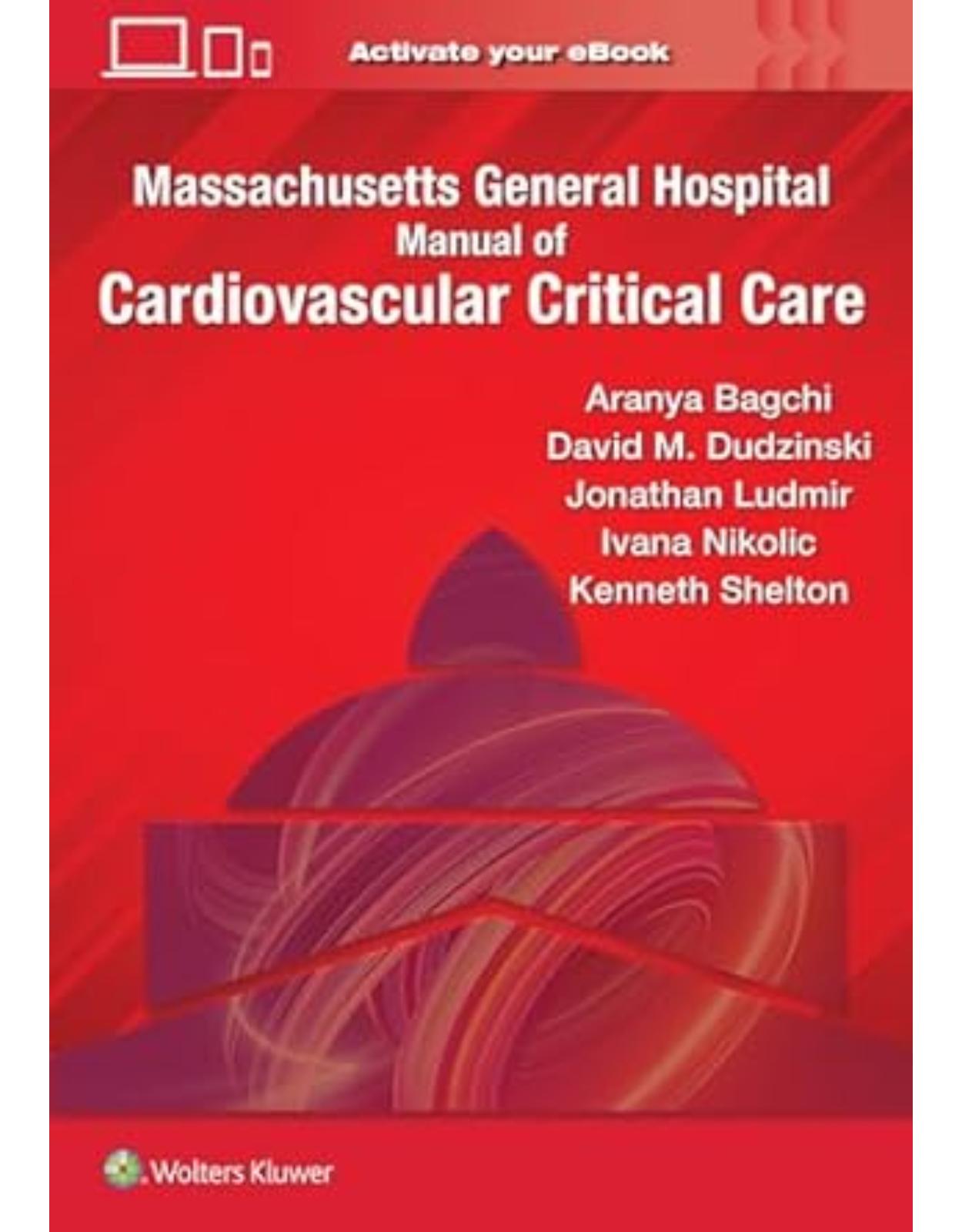
Massachusetts General Hospital Manual of Cardiovascular Critical Care
Livrare gratis la comenzi peste 500 RON. Pentru celelalte comenzi livrarea este 20 RON.
Disponibilitate: La comanda in aproximativ 4 saptamani
Autor: Aranya Bagchi
Editura: LWW
Limba: Engleza
Nr. pagini: 464
Coperta: Paperback
Dimensiuni: 178 x 254 mm
An aparitie: noi 2024
With its focus on the advanced topics and procedures employed in this specialized field, Massachusetts General Hospital Manual of Cardiovascular Critical Care provides practical, must-know information to all practitioners caring for the increasing population of critical care patients with severely compromised cardiovascular function. Drs. Aranya Bagchi, David M. Dudzinski, Jonathan Ludmir, Ivana Nikolic, and Kenneth T. Shelton lead a multidisciplinary team of authors who expertly cover cardiology, cardiac surgery, anesthesia, and mechanical circulatory support topics for all ICU clinicians who focus on cardiovascular care.
Table of Contents:
SECTION 1: PHYSIOLOGY AND MONITORING
Chapter 1 Left Ventricular Physiology
MECHANISMS OF CARDIAC CONTRACTION
PROPERTIES OF MYOCARDIAL CONTRACTION
THE CARDIAC CYCLE
PRESSURE-VOLUME RELATIONSHIPS AND VENTRICULOARTERIAL COUPLING
DETERMINANTS OF LEFT VENTRICULAR FUNCTION
FRANK-STARLING LAW OF THE HEART
DIASTOLE AND LEFT VENTRICULAR DIASTOLIC FUNCTION
IMAGING ASSESSMENT OF LEFT VENTRICULAR FUNCTION
Echocardiography
Cardiac Magnetic Resonance
Additional Imaging Modalities
Chapter 2 Right Ventricular Physiology and the Management of Right Ventricular Failure
The Right Ventricle in Critical Illness
DEFINITION
Right Ventricular Dysfunction and Right Ventricular Failure
PHYSIOLOGY
Right Ventricular Failure
The Right and Left Ventricles, Compared
ASSESSMENT
Assessing a Patient With Impaired Right Ventricular Function
Point-of-Care Ultrasonography in Acute Right Ventricular Failure
INVASIVE MONITORING OF RIGHT VENTRICULAR FUNCTION
Central Venous Pressure Monitoring
Pulmonary Artery Catheter Pressure Monitoring
MANAGEMENT
Acute Right Ventricular Failure
OUTCOMES
Right Ventricular Dysfunction in Special Situations
Chapter 3 Acute Respiratory Distress Syndrome and Mechanical Ventilation in Patients With Compromised Cardiac Function
DEFINITIONS AND INCIDENCE
THE RELEVANCE OF MECHANICAL VENTILATION IN A CARDIOVASCULAR ICU
PRINCIPLES OF LUNG-PROTECTIVE VENTILATION
DRIVING PRESSURE AND ITS IMPORTANCE IN MECHANICAL VENTILATION
VENTILATING PATIENTS WITH LUNG INJURY AND POOR CARDIAC FUNCTION
CONSIDERATIONS FOR MECHANICAL VENTILATION IN PATIENTS WITH RIGHT VENTRICULAR DYSFUNCTION
Impact of Lung Injury on the Right Ventricle
Impact of Positive Pressure Ventilation on the Right Ventricle
Intubation
Choice of Induction Agent
Goals of Positive Pressure Ventilation in Patients With Right Ventricular Dysfunction
CONSIDERATIONS FOR MECHANICAL VENTILATION IN PATIENTS WITH LEFT VENTRICULAR DYSFUNCTION
Impact of Lung Injury on the Left Ventricle
Impact of Positive Pressure Ventilation on the Left Ventricle
SPONTANEOUS BREATHING TRIALS AND WEANING OF VENTILATORY SUPPORT
Changes in Transpulmonary Pressure With Pressure Support or Pressure Control Modes
NONINVASIVE VENTILATION, HIGH-FLOW NASAL OXYGEN, AND NOVEL VENTILATORY MODES IN THE CARDIOVASCULAR CRITICAL CARE UNIT
Noninvasive Ventilation
High-Flow Nasal Oxygen
Novel Modes of Ventilation
Chapter 4 An Overview of Cardiogenic Shock
DEFINITIONS
Universal Definition of Shock
Cardiogenic Shock
PHYSIOLOGY
PATHOPHYSIOLOGY
ASSESSMENT AND CLASSIFICATION
MANAGEMENT AND OUTCOMES
UNIQUE SUBTYPES OF CARDIOGENIC SHOCK
Chapter 5 Pharmacology of Commonly Used Medications in Cardiovascular Critical Care
Absorption
Distribution
Metabolism and Excretion
MEDICATIONS IN CARDIAC CRITICAL ILLNESS
Anticoagulants
Antiplatelet Agents
Agents That Impact Heart Rate and Rhythm
Chronotropes
Aminophylline/Theophylline
Vasoactive Agents
Diuretics
CARBONIC ANHYDRASE INHIBITOR (ACETAZOLAMIDE)
NONCARDIAC MEDICATIONS IN CARDIAC CRITICAL ILLNESS
Pain
Sedation/Agitation
Delirium
Neuromuscular Blocking Agents (Paralytics)
INTENSIVE CARE UNIT PROPHYLAXIS
Pharmacologic Venous Thromboembolism Prophylaxis
Gastrointestinal/Stress Ulcer Prophylaxis
Gastrointestinal Motility Agents
Chapter 6 Pulmonary Artery Catheterization and Its Utility in Cardiovascular Critical Care
INDICATIONS AND CONTRAINDICATIONS
COMPLICATIONS
INSERTION OF THE PULMONARY ARTERY CATHETER
Preparation
Insertion
INTERPRETATION OF THE PAC WAVEFORMS
The Atrial Waveform
The Pulmonary Arterial Waveform
The Pulmonary Capillary Wedge Pressure
RESPIRATORY MECHANICS AND THE PULMONARY ARTERY CATHETERS
CARDIAC OUTPUT CALCULATIONS AND DERIVATIVES
Additional Hemodynamic Calculations
CLINICAL APPLICATIONS OF PULMONARY ARTERY CATHETERS IN THE INTENSIVE CARE UNIT SETTING
Etiology of Shock and Pulmonary Edema
Evaluation of Pericardial Pathology
Unstable Myocardial Infarction and Mechanical Complications
Other Uses of PAC
Chapter 7 Pulmonary Hypertension
PHYSIOLOGY
ASSESSMENT
CAUSES OF PRECAPILLARY PULMONARY HYPERTENSION
RISK STRATIFICATION
MANAGEMENT
MECHANICAL SUPPORT
SURGICAL MANAGEMENT
INTENSIVE CARE UNIT MANAGEMENT IN SPECIAL SITUATIONS
OUTCOMES
SECTION 2: CARDIOLOGY
Chapter 8 Coronary Angiography for Noncardiologists
INDICATIONS AND CONTRAINDICATIONS
ACCESS SITE
Radial Artery
Femoral Artery
Other Access Sites
EQUIPMENT
Sheaths
Guidewires
Diagnostic Catheters
Contrast Dye
Radiation
PHARMACOLOGY
Sedation
Anticoagulation
Vasodilators
BASIC CORONARY ANATOMY
ANGIOGRAPHIC VIEWS AND PROJECTIONS
Left Coronary Artery Projections
Right Coronary Artery Projections
Bypass Graft Projections
CORONARY LESIONS
Epicardial Coronary Flow
Microvascular Coronary Flow
Quantification of Stenosis
Physiologic Assessment of Lesion Severity
Angiographic Lesion Morphology
Other Coronary Abnormalities
INDICATIONS AND CONTRAINDICATIONS
EQUIPMENT
TECHNIQUE
PERIPROCEDURAL PHARMACOTHERAPY
Anticoagulants
Antiplatelet Agents
Vasodilators
PHARMACOLOGY
SHEATH MANAGEMENT
ACCESS SITE MONITORING
Complications
Chapter 9 Myocardial Infarction and Ischemia
CLASSIFICATION
CLINICAL PRESENTATION
ELECTROCARDIOGRAPHY
ST-Segment Elevation Myocardial Infarction
Non–ST-Segment Elevation Myocardial Infarction/Unstable Angina
Prior Left Bundle Branch Block or Paced Rhythm
BIOMARKERS/HIGH-SENSITIVITY CARDIAC TROPONIN
NONINVASIVE IMAGING
Echocardiography
Cardiac Magnetic Resonance
Nuclear imaging
Coronary Computed Tomography Angiography
DIFFERENTIAL DIAGNOSIS
RISK STRATIFICATION
MEDICAL THERAPY
Antiplatelet Therapy
Nitrates
Beta-Blockers
Renin-Angiotensin-Aldosterone System Inhibition
Aldosterone Antagonists
Statin Therapy
Oxygen
Anticoagulation
REPERFUSION
Non–ST-Segment Elevation Myocardial Infarction
ST-Segment Elevation Myocardial Infarction
Myocardial Injury and Type 2 Myocardial Infarction in the Intensive Care Unit
Chapter 10 Electrophysiologic Procedures in the Intensive Care Unit
PROCEDURAL MANAGEMENT AND PREVENTION OF UNSTABLE BRADYARRHYTHMIAS
Background and Indications
Transcutaneous Pacing
Temporary Transvenous Pacing
Other Transvenous Pacing Systems
Epicardial Pacing Wires
PROCEDURAL MANAGEMENT OF UNSTABLE TACHYARRHYTHMIAS
Cardioversion and Thromboembolism Risk
Synchronized Cardioversion
Defibrillation
Antitachycardia Pacing in Implantable Cardioverter-Defibrillator
Epicardial Wires
Stellate Ganglion Block
Vagal Maneuvers
COMMON ELECTROPHYSIOLOGIC PROCEDURES IN CARDIAC CRITICAL CARE PATIENTS
Magnets
Intracardiac Ablations
Surgical Cox-Maze Procedure (Maze Procedure)18
Placement of Permanent Devices in Intensive Care Unit Patients
Lead Extractions
Left Atrial Appendage Occlusion Devices
DEVICE MANAGEMENT AT PATIENT END OF LIFE
Chapter 11 Valve Disease: Aortic Stenosis and Aortic Insufficiency
INTRODUCTION
DEFINITIONS
Etiology
PHYSIOLOGY
ASSESSMENT
Physical Examination
Diagnostics
LOW-FLOW, LOW-GRADIENT AORTIC STENOSIS
MANAGEMENT
Other Considerations
INTRODUCTION
DEFINITIONS
Etiology
PHYSIOLOGY
ASSESSMENT
Physical Examination
Diagnostics
MANAGEMENT
Chapter 12 Myocarditis
DEFINITIONS
EPIDEMIOLOGY OF MYOCARDITIS
CLASSIFICATION AND ETIOLOGIES
ASSESSMENT
MANAGEMENT
Chapter 13 Stress Cardiomyopathy
EPIDEMIOLOGY
RISK FACTORS
PATHOPHYSIOLOGY
Catecholamine Cardiotoxicity
Coronary Artery Spasm and Microvascular Dysfunction
Estrogen
CLINICAL MANIFESTATION
History and Triggers
Symptoms
Physical Examination
Electrocardiogram
Serum Biomarkers
ASSESSMENT
Echocardiography
Cardiac Magnetic Resonance Imaging
Coronary Angiography
DIAGNOSIS
MANAGEMENT
Acute Heart Failure
Cardiogenic Shock
Arrhythmias
Ventricular Thrombus
OUTCOMES
Chapter 14 Evaluation and Management of the Patient With Heart Failure With Reduced Ejection Fraction in the Intensive Care Unit
DEFINITIONS AND ETIOLOGIES OF HEART FAILURE WITH REDUCED EJECTION FRACTION
Ischemic Cardiomyopathy
Dilated Cardiomyopathy
Cardiotoxins
Arrhythmia-Induced Cardiomyopathy
Myocarditis
Stress-Induced Cardiomyopathy
Other Causes
PHYSIOLOGY
ASSESSMENT OF THE PATIENT WITH ACUTE DECOMPENSATED HEART FAILURE
Diagnostic Evaluation
Blood Work
Transthoracic Echocardiography
Ischemic Evaluation
Cardiac Magnetic Resonance Imaging
Endomyocardial Biopsy
CLINICAL ASSESSMENT
MANAGEMENT
Floor Patients
Intensive Care Unit Patients
NORMAL CARDIOPULMONARY PHYSIOLOGY
PATHOPHYSIOLOGY OF CONSTRICTION
PATHOPHYSIOLOGY OF RESTRICTION
CLINICAL PRESENTATION OF CONSTRICTION AND RESTRICTION
DIFFERENTIATING CONSTRICTION FROM RESTRICTION ON ECHOCARDIOGRAPHY
DIFFERENTIATING CONSTRICTION FROM RESTRICTION BY CARDIAC CATHETERIZATION
ADDITIONAL IMAGING STUDIES FOR DIFFERENTIATING CONSTRICTION FROM RESTRICTION
POSITIVE PRESSURE VENTILATION
Chapter 16 Congenital Heart Disease in the Adult
DEFINITIONS
Anatomic and Physiologic Classification
INTENSIVE CARE UNIT ASSESSMENT IN A PATIENT WITH CONGENITAL HEART DISEASE
Surgically Created Shunts and Their Relationship to Blood Pressure
Cyanosis
Airway Considerations/Perioperative Management
Vascular Access Issues
Pulmonary Considerations
Hepatic Considerations
Renal Considerations
Hematologic Considerations
Psychological Considerations
Imaging Considerations
Lesion-Specific Assessment
RESOURCES
Chapter 17 Enhanced Recovery After Surgery
ENHANCED RECOVERY AFTER SURGERY IN CARDIAC SURGERY
COMPONENTS OF CARDIAC ENHANCED RECOVERY AFTER SURGERY PROTOCOL
CURRENT EVIDENCE AND LIMITATIONS OF ENHANCED RECOVERY AFTER SURGERY IN CARDIAC SURGERY
CONCLUSION
SECTION 3: CARDIAC SURGERY/ANESTHESIOLOGY
Chapter 18 Cardiopulmonary Bypass for the Intensivist
THE CARDIOPULMONARY BYPASS CIRCUIT
Arterial and Venous Cannulation
Pumps
Gas Exchange and Temperature Management
Cardioplegia
Vents
COMPLICATIONS OF CARDIOPULMONARY BYPASS
Neurologic
Pulmonary
Cardiac
Iatrogenic Aortic Dissection
Renal
Anticoagulation and Coagulopathy
Vasoplegia
Complex Separation From Cardiopulmonary Bypass
Chapter 19 Immediate Postoperative Management and Complications in the Cardiac Surgical Patient
ROUTINE POSTOPERATIVE MANAGEMENT
Intensive Care Unit Transport
Operating Room to Intensive Care Unit Transfer of Care
Monitors, Labs, and Imaging
Hemodynamic Management
Respiratory Management
EARLY COMPLICATIONS AFTER CARDIAC SURGERY
HEMODYNAMIC COMPLICATIONS
Bleeding
Tamponade in Cardiac Surgery Patients
Arrhythmias and Arrest After Cardiac Surgery
Cardiac Arrest
Open Cardiac Massage
Delayed Sternal Closure
Low Cardiac Output Syndrome
PULMONARY COMPLICATIONS
Atelectasis
Pleural Effusions
Phrenic Nerve Injury
Pneumonia
Acute Respiratory Distress Syndrome
NEUROLOGIC COMPLICATIONS
Stroke
Delirium
Seizures
Chapter 20 Postoperative Bleeding
PHYSIOLOGY
ASSESSMENT
Imaging
Laboratory Tests
MANAGEMENT
Pharmacologic and Transfusion
Surgical Management
OUTCOMES
Chapter 21 Postoperative Management of Pulmonary Thromboendarterectomy
DEFINITION, ETIOLOGY, AND EPIDEMIOLOGY
KEY PHYSIOLOGIC CONCEPTS
Pulmonary Vasculature
Ventilation/Perfusion Mismatch
Impact of Pulmonary Hypertension on the Cardiovascular System
ASSESSMENT OF CHRONIC THROMBOEMBOLIC PULMONARY HYPERTENSION
MEDICAL MANAGEMENT
PULMONARY THROMBOENDARTERECTOMY
Surgical Technique
Anesthetic Considerations
Weaning From Cardiopulmonary Bypass
POST-PULMONARY THROMBOENDARTERECTOMY CARE
POSTOPERATIVE COMPLICATIONS
Pulmonary Artery Steal Syndrome
Reperfusion Lung Injury
Pulmonary Hemorrhage
SPECIAL SITUATIONS
Mechanical Support
Persistence of Pulmonary Hypertension
Balloon Pulmonary Angioplasty
Concurrent Cardiac Procedures
Chapter 22 Neurologic Complications After Cardiac Surgery and Procedures
INTRODUCTION
EPIDEMIOLOGY OF PERIOPERATIVE STROKE
MECHANISM AND TIMING OF PERIOPERATIVE STROKE
RISK FACTORS FOR PERIOPERATIVE STROKE
PERIOPERATIVE STRATEGIES FOR STROKE PREVENTION
Perioperative Pharmacologic Interventions for Stroke Prevention
Concomitant Cerebrovascular Atherosclerotic Disease
INTRAOPERATIVE BLOOD PRESSURE MANAGEMENT
Atheroma Detection and Avoidance
ACUTE STROKE MANAGEMENT
Introduction
CEREBRAL ARTERY RECANALIZATION
Medical Management of Acute Ischemic Stroke
INTRACRANIAL HEMORRHAGE
SPECIAL INSTANCES OF CEREBROVASCULAR COMPLICATIONS
Spinal Cord Ischemia
Support Device–Related Cerebrovascular Complications
Recovery After Cerebrovascular Complications
INTRODUCTION
POSTOPERATIVE DELIRIUM
POSTOPERATIVE COGNITIVE DECLINE
DIRECT INJURY TO PERIPHERAL NERVES
CRITICAL ILLNESS PERIPHERAL NEUROPATHY AND MYOPATHY
Chapter 23 Intensive Care Unit Management of Patients After Heart and Lung Transplant
PREOPERATIVE CONSIDERATIONS
RELEVANT INTRAOPERATIVE CONSIDERATIONS
POSTOPERATIVE CARE
PRETRANSPLANT CONSIDERATIONS
RELEVANT INTRAOPERATIVE CONSIDERATIONS
POSTOPERATIVE CARE
Chapter 24 Postcardiotomy Shock
ASSESSMENT OF SHOCK
HYPOVOLEMIA: INADEQUATE PRELOAD
POSTCARDIOTOMY VASOPLEGIC SHOCK
Pathophysiology2
Diagnosis
Pharmacologic Treatment
Postcardiotomy Cardiogenic Shock
Diagnosis
Pharmacologic Treatment (Table 24.3)
Mechanical Circulatory Support
OBSTRUCTIVE SHOCK (TAMPONADE)
Risk Factors
Diagnosis
Intervention
Chapter 25 Critical Care of a Patient After Transcatheter Valve Interventions
AORTIC STENOSIS AND TRANSCATHETER AORTIC VALVE REPLACEMENT
TRANSCATHETER AORTIC VALVE REPLACEMENT–RELATED COMPLICATIONS
Rhythm Disturbances
Acute Hemodynamic Compromise
Vascular Complications and Bleeding
Acute Kidney Injury
Delirium and Acute Stroke
TRANSCATHETER MITRAL VALVE THERAPIES
TRANSCATHETER MITRAL VALVE THERAPY–RELATED COMPLICATIONS
TRANSCATHETER TRICUSPID VALVE THERAPY–RELATED COMPLICATIONS
LEFT ATRIAL APPENDAGE OCCLUSION PROCEDURE–RELATED COMPLICATIONS
SECTION 4: MECHANICAL CIRCULATORY SUPPORT
Chapter 26 Venovenous Extracorporeal Membrane Oxygenation
INDICATIONS
CANNULATION STRATEGIES
TWO-CANNULA STRATEGIES
SINGLE CANNULA STRATEGY
TRIPLE CANNULATION
CENTRAL CANNULATION
MANAGEMENT OF A PATIENT VENOVENOUS EXTRACORPOREAL MEMBRANE OXYGENATION
INITIATION
ANTICOAGULATION
VENTILATOR MANAGEMENT
INVASIVE HEMODYNAMIC MONITORING
GOAL FLOWS
RECIRCULATION
DAILY MANAGEMENT
WEANING FROM VENOVENOUS EXTRACORPOREAL MEMBRANE OXYGENATION
LIBERATION FROM VENOVENOUS EXTRACORPOREAL MEMBRANE OXYGENATION IN DIFFICULT TO WEAN PATIENT
VENOPULMONARY ARTERIAL EXTRACORPOREAL MEMBRANE OXYGENATION
EXTRACORPOREAL CARBON DIOXIDE REMOVAL
COMPLICATIONS
VENOVENOUS EXTRACORPOREAL MEMBRANE OXYGENATION TROUBLESHOOTING/EMERGENCIES
POOR FLOW
BLEEDING
PUMP FAILURE
ACCIDENTAL DECANNULATION
AIR ENTRAINMENT
CARDIAC ARREST
EVIDENCE FOR VENOVENOUS EXTRACORPOREAL MEMBRANE OXYGENATION
VENOVENOUS EXTRACORPOREAL MEMBRANE OXYGENATION IN PATIENTS WITH COVID-19 ASSOCIATED- ACUTE RESPIRATORY DISTRESS SYNDROME
Chapter 27 Venoarterial Extracorporeal Membrane Oxygenation
INDICATIONS
CANNULATION STRATEGIES
MANAGEMENT OF A PATIENT ON VENOARTERIAL EXTRACORPOREAL MEMBRANE OXYGENATION
INITIATION
ANTICOAGULATION
VENTILATOR MANAGEMENT
INVASIVE HEMODYNAMIC MONITORING
GOAL FLOWS
NORTH/SOUTH SYNDROME
LEFT VENTRICULAR DISTENSION
LIMB ISCHEMIA
DAILY MANAGEMENT
WEANING FROM VA-ECMO
COMPLICATIONS
VA-ECMO TROUBLESHOOTING/EMERGENCIES
POOR FLOW
BLEEDING
PUMP FAILURE
ACCIDENTAL DECANNULATION
EVIDENCE BASE FOR VA-ECMO
Chapter 28 Percutaneous Ventricular Assist Devices: Left Ventricle/Right Ventricle
IMPELLA
Overview and Hemodynamics
Device Setup and Routine Management
Common Intensive Care Unit Issues and Complications
Device Weaning
Device Removal
INTRA-AORTIC BALLOON PUMP
Overview and Hemodynamics
Device Setup and Routine Management
Device Removal
PROTEK-DUO
Overview and Hemodynamics
Common Intensive Care Unit Issues and Complications
Device Removal
IMPELLA RP
Overview and Hemodynamics
Common Intensive Care Unit Issues and Complications
Device Removal
Chapter 29 Durable Left Ventricular Assist Devices
COMPONENTS OF A LEFT VENTRICULAR ASSIST DEVICE
EVOLUTION OF LEFT VENTRICULAR ASSIST DEVICES
LEFT VENTRICULAR ASSIST DEVICE PARAMETERS
OPTIMIZING THE PATIENT ON LEFT VENTRICULAR ASSIST DEVICE IN THE INTENSIVE CARE UNIT
WHO SHOULD BE CONSIDERED FOR LEFT VENTRICULAR ASSIST DEVICE SUPPORT?
WHO IS TOO CRITICALLY ILL TO RECEIVE A LEFT VENTRICULAR ASSIST DEVICE?
CONTRAINDICATIONS TO VENTRICULAR ASSIST DEVICES
OPTIMIZATION OF PATIENTS PRIOR TO VENTRICULAR ASSIST DEVICE IMPLANT
Surgical Planning
HEMODYNAMIC OPTIMIZATION
RIGHT VENTRICULAR ASSESSMENT AND OPTIMIZATION
TEMPORARY CARDIAC SUPPORT PREIMPLANT
PERIOPERATIVE MANAGEMENT OF THE PATIENT AFTER IMPLANT
POSTOPERATIVE RIGHT VENTRICULAR FAILURE
PUMP OPTIMIZATION
Echocardiographic Methods
Hemodynamic Ramp Studies
BLOOD PRESSURE MONITORING
MANAGEMENT OF MECHANICAL VENTILATION
BLEEDING AND TRANSFUSION TARGETS
POSTOPERATIVE ANTICOAGULATION
ANTIBIOTIC PROPHYLAXIS
SPECIAL CONSIDERATIONS
Arrhythmias After Left Ventricular Assist Device Implantation
Left Ventricular Assist Device Pump Thrombosis
Mucocutaneous Bleeding Complications
Driveline Infections
Neurologic Complications
CARDIAC ARREST AND CARDIOPULMONARY RESUSCITATION IN PATIENTS WITH DURABLE LEFT VENTRICULAR ASSIST DEVICES
PATIENTS ON BIVENTRICULAR VENTRICULAR ASSIST DEVICE SUPPORT24
CONCLUSION
Chapter 30 Echocardiography in the Patient on Mechanical Circulatory Support
TRANSTHORACIC VIEWS FOR ECHOCARDIOGRAPHIC EVALUATION
Parasternal Long-Axis View
Parasternal Short-Axis View
Apical Four-Chamber View
Subcostal Four-Chamber View
Subcostal Inferior Vena Cava
TRANSESOPHAGEAL VIEWS FOR ECHOCARDIOGRAPHIC EVALUATION
Midesophageal Four-Chamber View
Midesophageal Bicaval View
Midesophageal Aortic Valve Long-Axis View
Midesophageal Aortic Valve Short-Axis View
Midesophageal Descending Aorta
Transgastric Left Ventricular Short-Axis View
MECHANICAL CIRCULATORY SUPPORT DEVICES
Extracorporeal Membrane Oxygenation
IMPELLA
Preprocedural Echocardiography
Placement
Management and Troubleshooting
Removal of Impella and Assessment for Iatrogenic Injury
PROTEKDUO
INTRA-AORTIC BALLOON PUMP
DURABLE LEFT VENTRICULAR ASSIST DEVICES
Preoperative Assessment
Immediate Intensive Care Unit Assessment
Troubleshooting
Chapter 31 Frontiers in Mechanical Circulatory Support: Ventricular Assist Devices for the Right Ventricle, Adult Congenital, Miniature Ventricular Assist Devices, and Military and Mobile Extracorporeal Membrane Oxygenation Teams
VENTRICULAR ASSIST DEVICES FOR THE RIGHT VENTRICLE
Clinical Outcomes in Acute Right Ventricular Failure
ADULT CONGENITAL VENTRICULAR ASSIST DEVICES
Heart Failure in Adult Congenital Heart Disease
Challenges With Mechanical Circulatory Support in Adult Congenital Heart Disease
Mechanical Circulatory Support Applications in Adult Congenital Heart Disease
Extracorporeal Membrane Oxygenation in Adult Congenital Heart Disease
MINIATURE VENTRICULAR ASSIST DEVICES
MINIMALLY INVASIVE PLACEMENT OF DEVICES
MILITARY AND MOBILE EXTRACORPOREAL MEMBRANE OXYGENATION TEAMS
Transporting Patients on Extracorporeal Membrane Oxygenation
Mobile Extracorporeal Membrane Oxygenation Teams
Involvement of the Military in Extracorporeal Membrane Oxygenation Care
CONCLUSION
Chapter 32 Cannulation Strategies
VENOVENOUS EXTRACORPOREAL MEMBRANE OXYGENATION CANNULATION STRATEGIES
Physiology
VENOARTERIAL EXTRACORPOREAL MEMBRANE OXYGENATION CANNULATION STRATEGIES
Physiology
CANNULA TYPES AND WHICH CANNULA(S) TO USE
Cannulas for Peripheral Extracorporeal Membrane Oxygenation
Cannulas for Central Extracorporeal Membrane Oxygenation
HYBRID STRATEGIES (VENOVENOUS ARTERIAL, VENOARTERIAL VENOUS, LEFT ATRIAL VENOUS ARTERIAL ECMO, AMBULATORY STRATEGIES)
Venovenous Arterial Extracorporeal Membrane Oxygenation
Venoarterial Venous Extracorporeal Membrane Oxygenation
Left Atrial Venous Arterial Extracorporeal Membrane Oxygenation
AMBULATORY EXTRACORPOREAL MEMBRANE OXYGENATION CANNULATION STRATEGIES
CONCLUSION
SECTION 5: MISCELLANEOUS
Chapter 33 Transport of Patients on Mechanical Circulatory Support
INDICATIONS FOR TRANSPORT ON MECHANICAL CIRCULATORY SUPPORT
Patients Who Require Durable Ventricular Assist Device or Heart Transplantation
Patients With Sudden Cardiac Deterioration
Patients With Gradual Cardiac Deterioration
PRETRANSPORT PLANNING
GENERAL TRANSPORT CONSIDERATIONS
Primary Versus Secondary MCS Transports
MANAGEMENT IN TRANSPORT
Bleeding and Loss of Flow
Hypoxia
Decannulation
Chapter 34 Ethics in Mechanical Circulatory Support
DURABLE LEFT VENTRICULAR ASSIST DEVICES
Preimplantation: Clarification of Therapeutic Goal
Consent and Patient Decision-Making for Durable Left Ventricular Assist Device
Disparities in Left Ventricular Assist Device Implantation
End-of-Life Scenarios in Patients With Left Ventricular Assist Device
Legal Considerations for Left Ventricular Assist Device Deactivation
TEMPORARY CIRCULATORY SUPPORT
Program Design and Patient Selection
Ethics of Time-Limited Trials
EXTRACORPOREAL MEMBRANE OXYGENATION
Extracorporeal Membrane Oxygenation During Cardiopulmonary Resuscitation
Ethics of Extracorporeal Membrane Oxygenation Candidacy
Treatment Limitations and End-of-Life Care on Extracorporeal Membrane Oxygenation
Recommendations for Ethical Extracorporeal Membrane Oxygenation Practices
CONCLUSION
Index
| An aparitie | noi 2024 |
| Autor | Aranya Bagchi |
| Dimensiuni | 178 x 254 mm |
| Editura | LWW |
| Format | Paperback |
| ISBN | 9781975174330 |
| Limba | Engleza |
| Nr pag | 464 |
| Versiune digitala | DA |

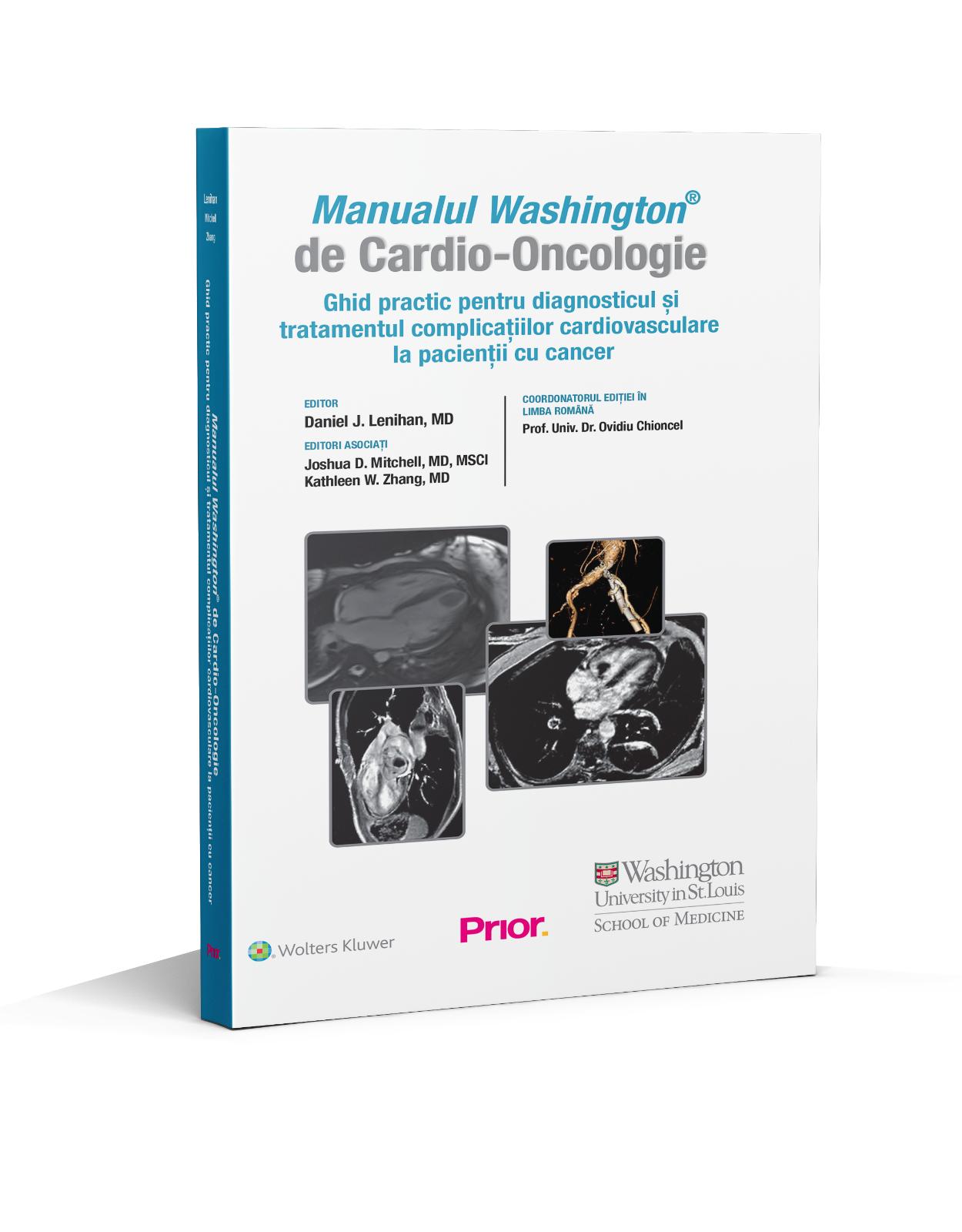
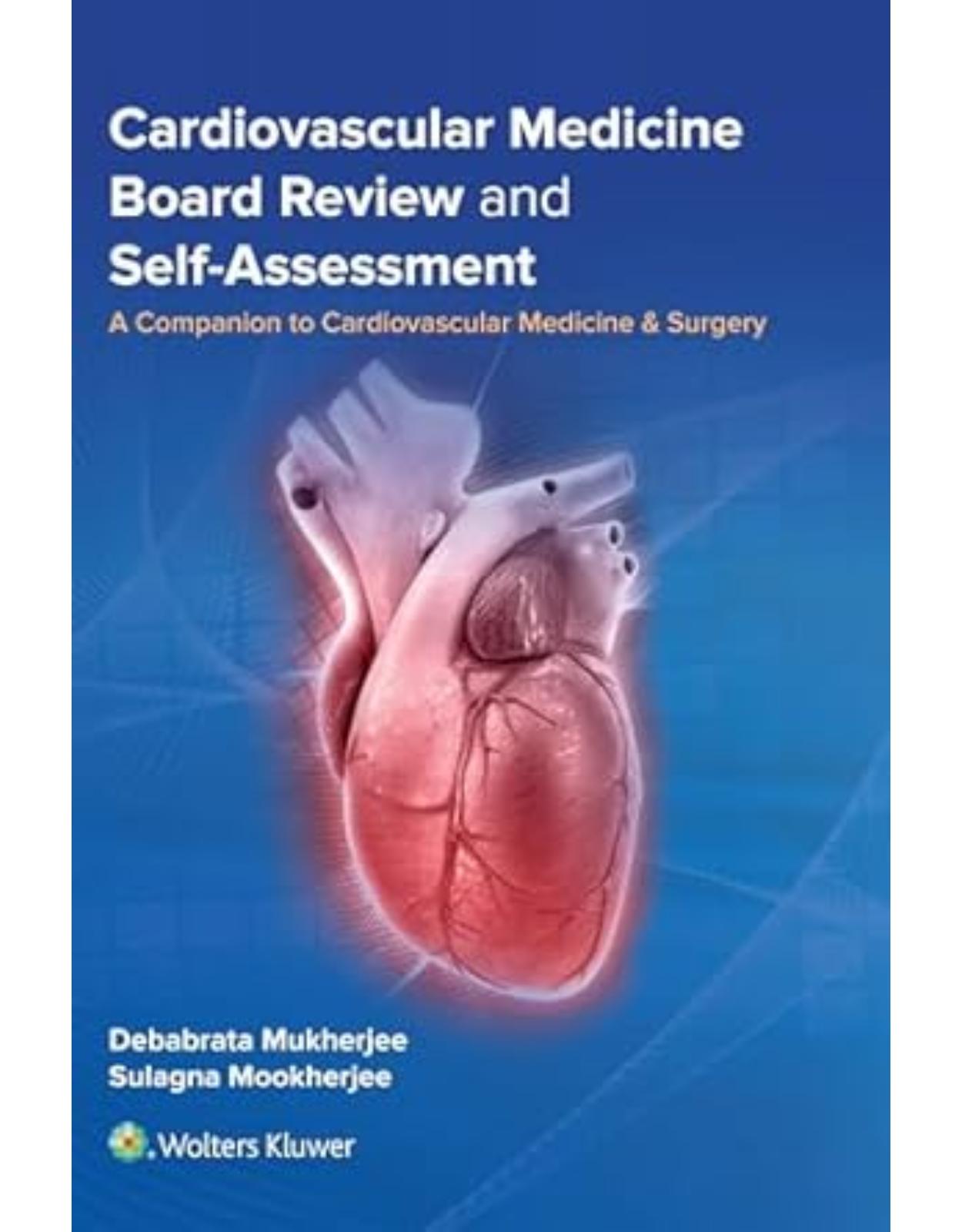
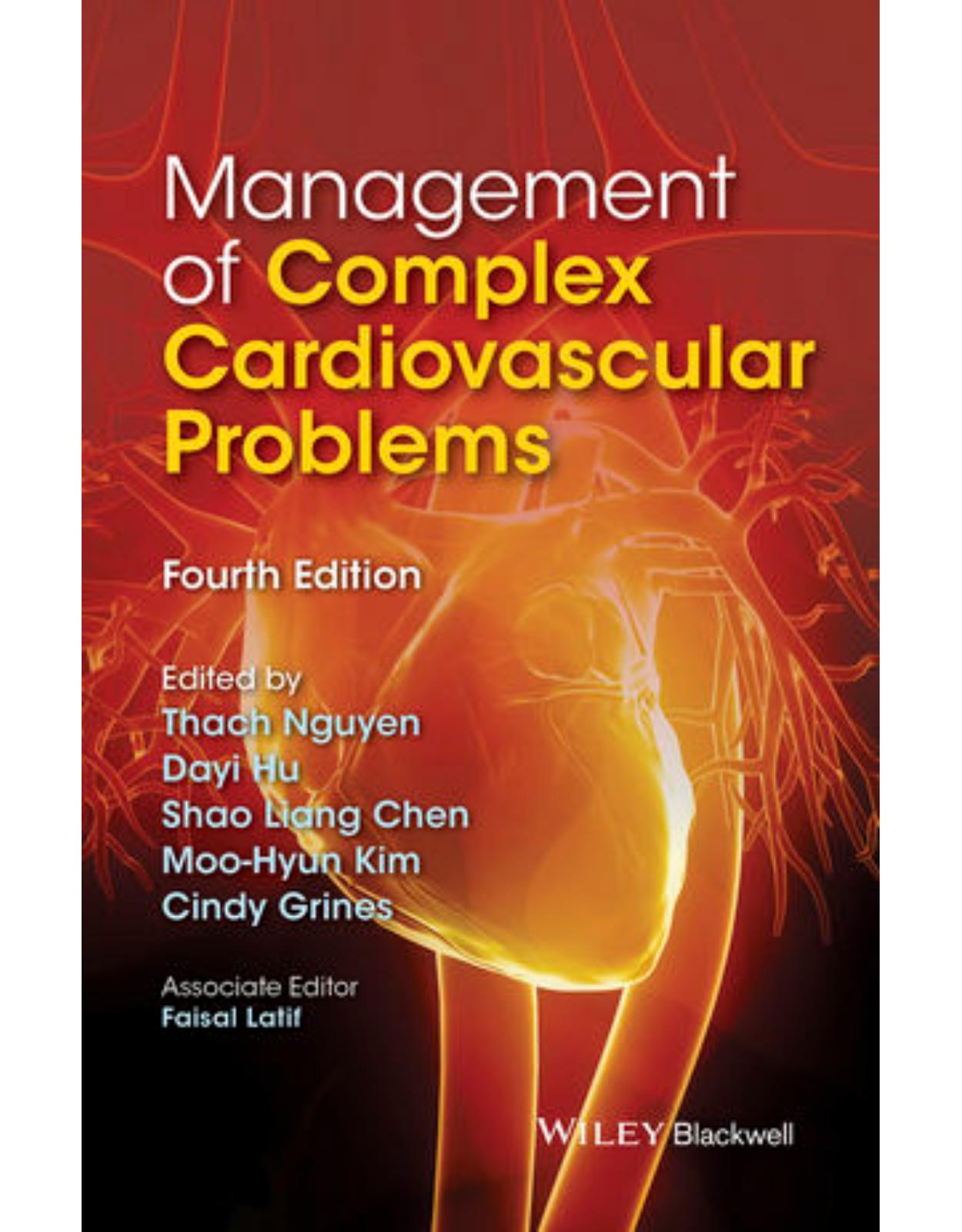
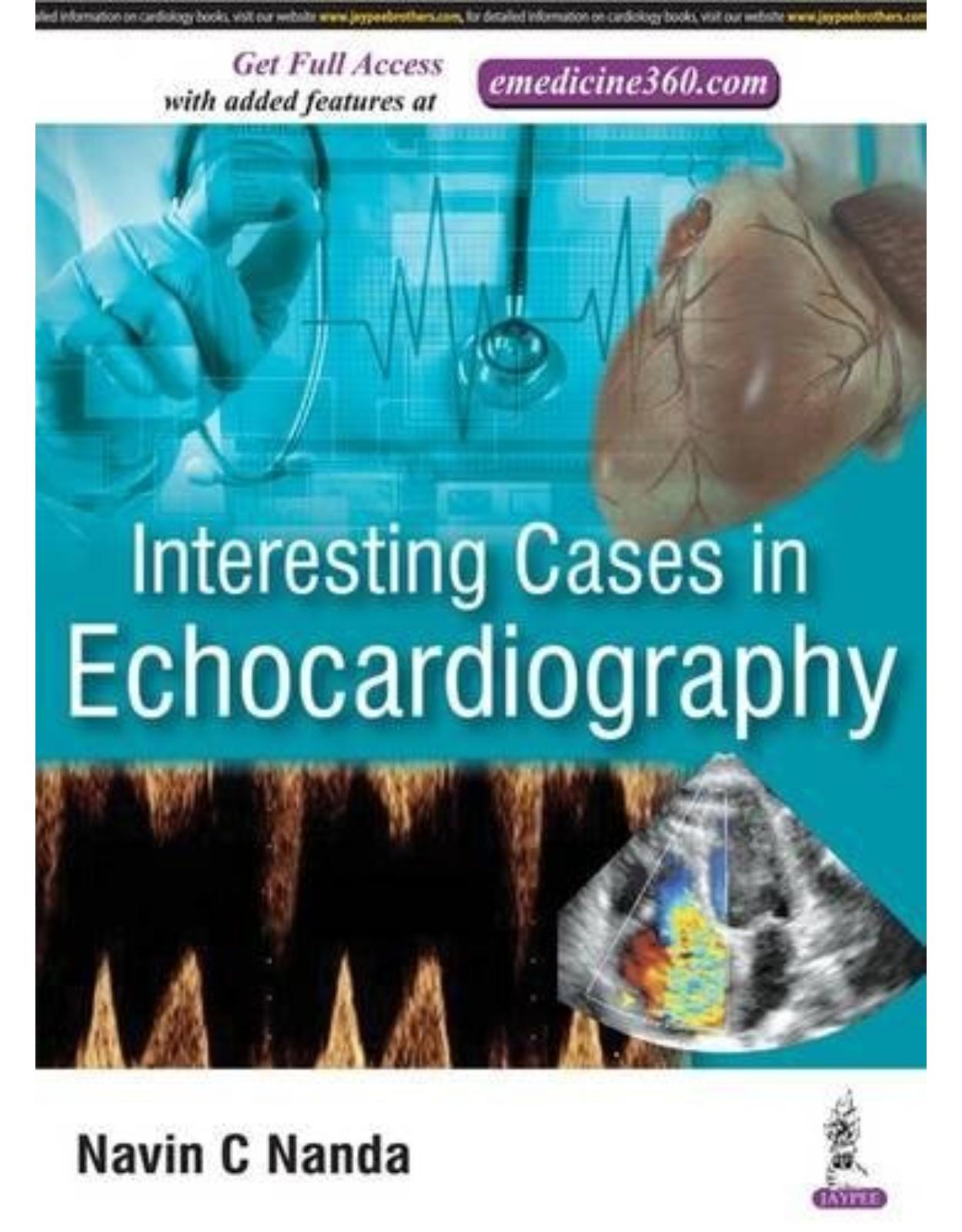
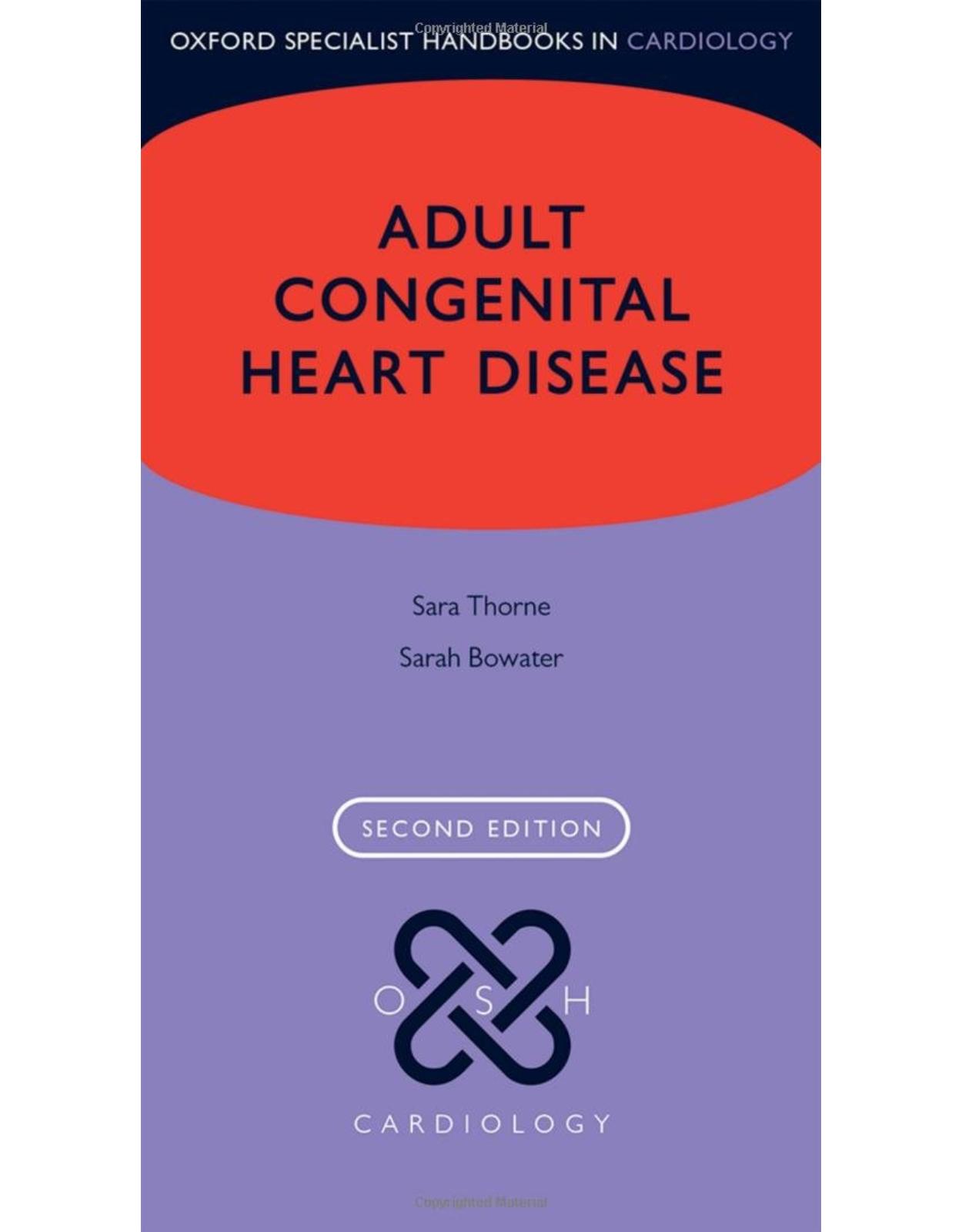
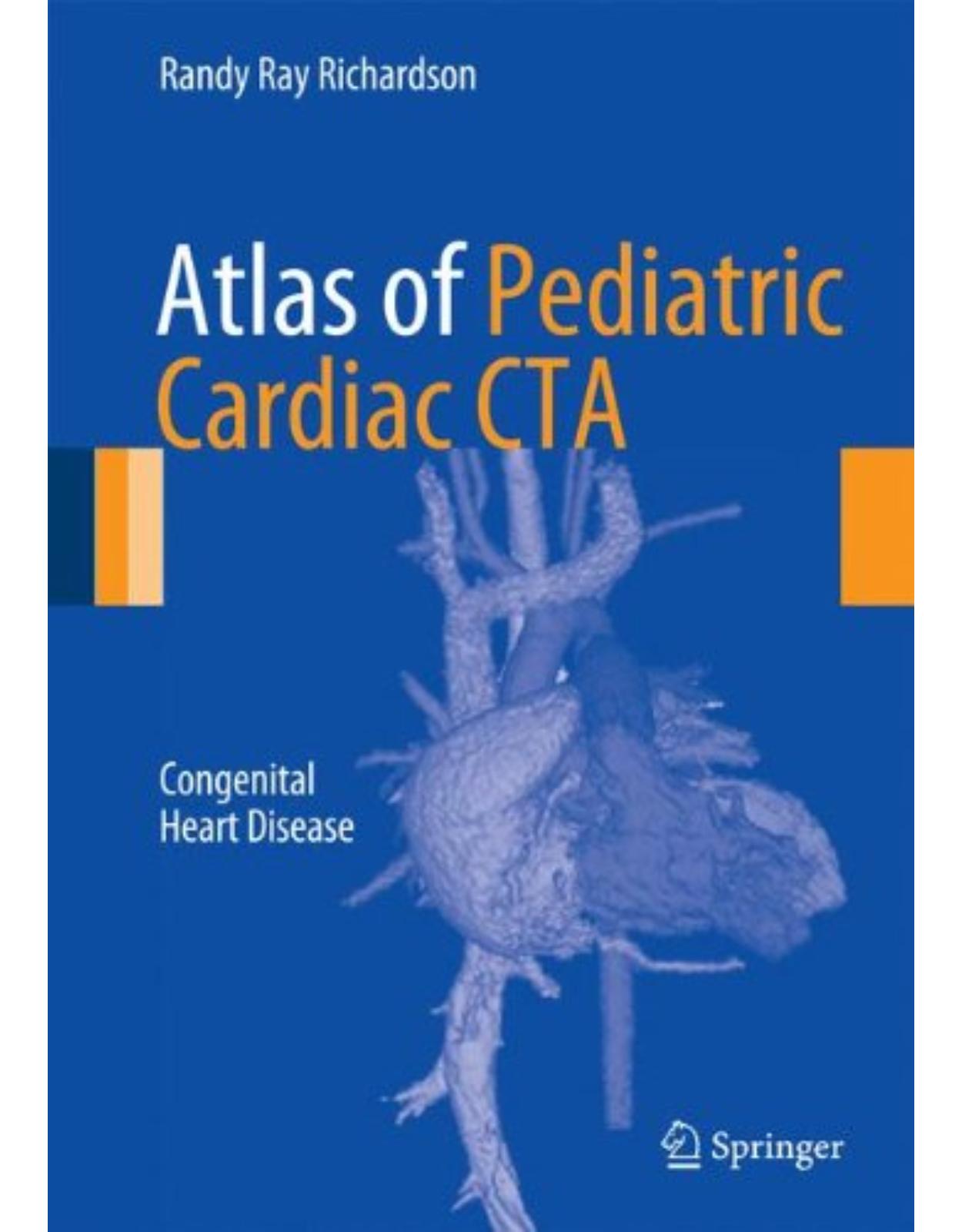
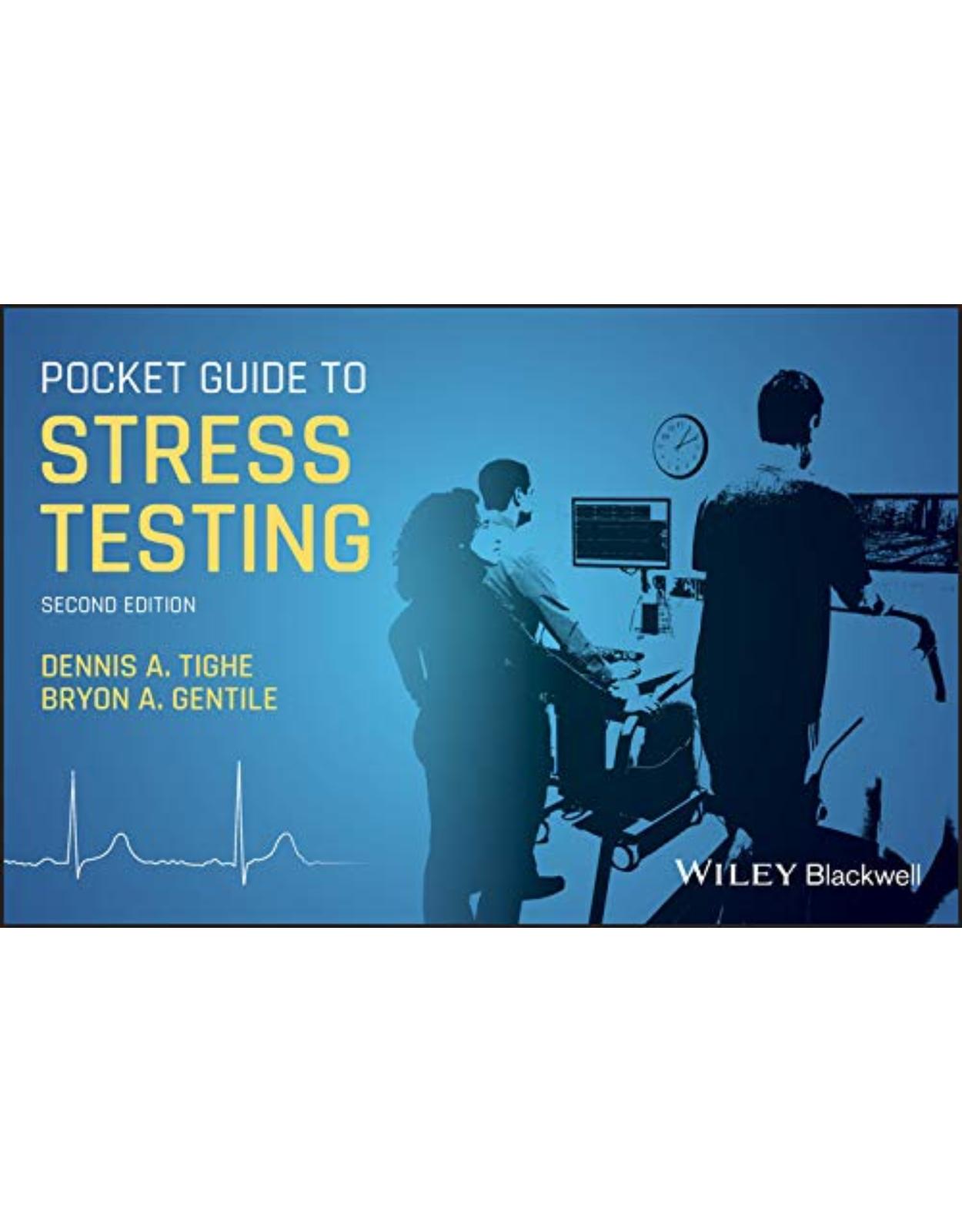
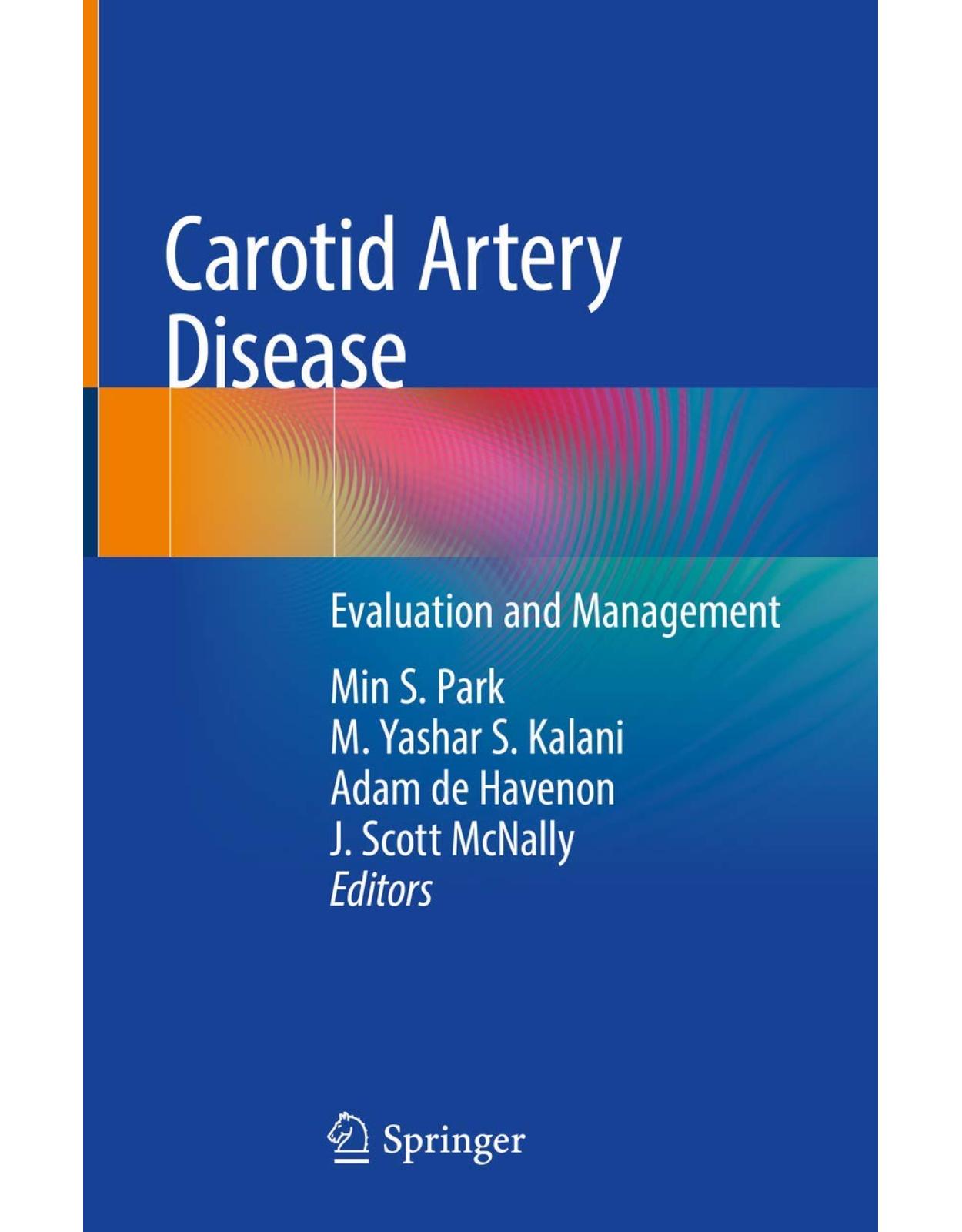
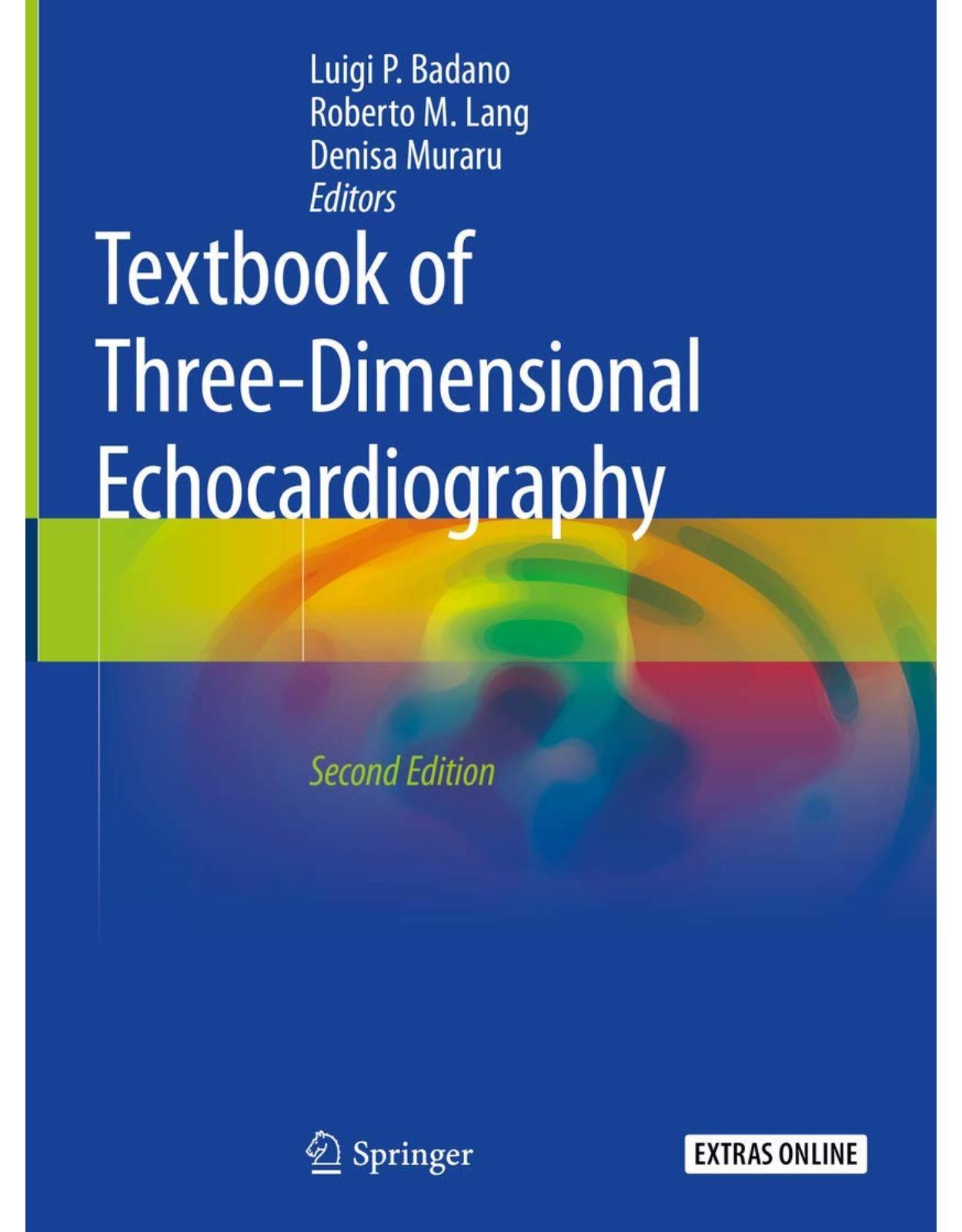
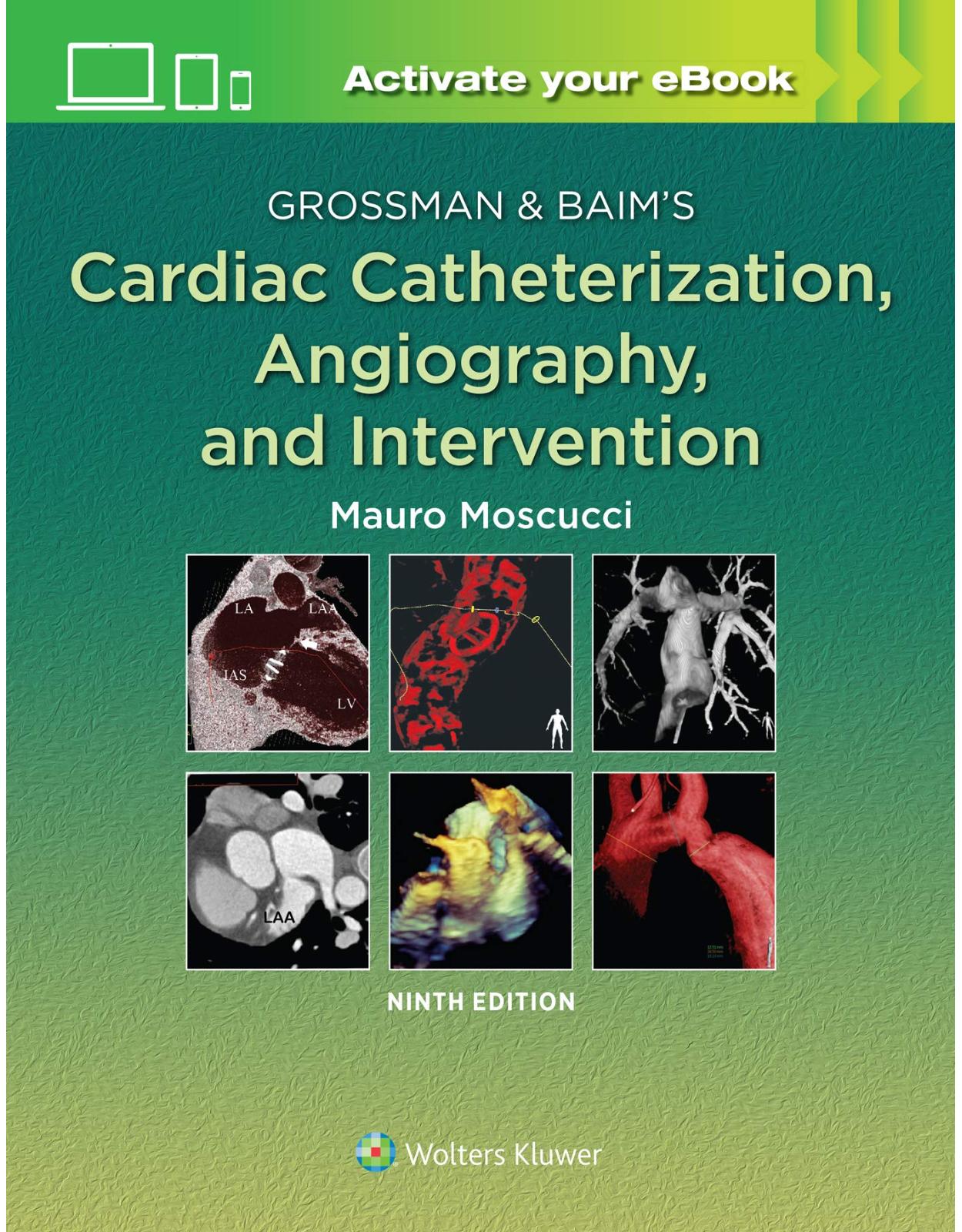
Clientii ebookshop.ro nu au adaugat inca opinii pentru acest produs. Fii primul care adauga o parere, folosind formularul de mai jos.